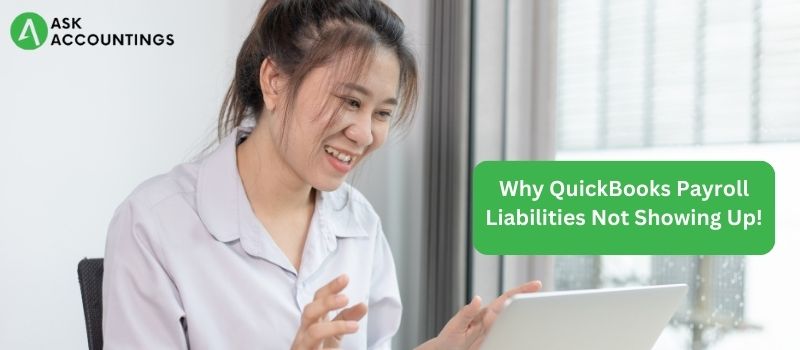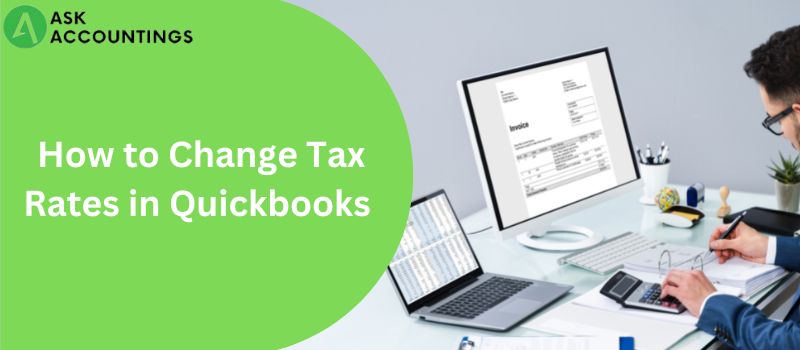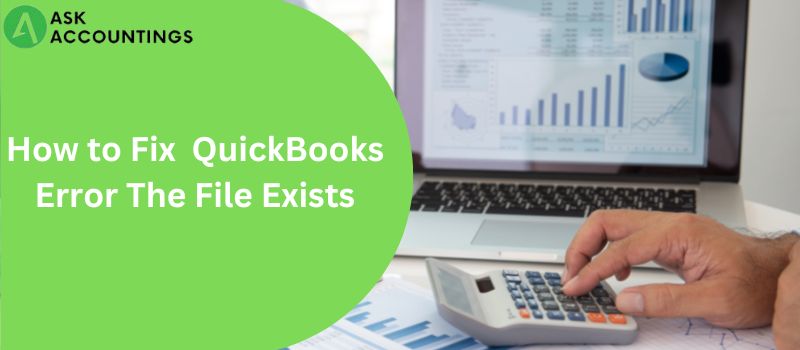Missing payroll liabilities from the Liabilities Block of the Pay Schedule in the Employee Centre Payroll Tab have been detected in several instances. In general, the corporation bears actual payroll tax liabilities. There may be instances where you have unpaid payroll responsibilities. Missing payroll liabilities from the Liabilities Block of the Pay Schedule in the Employee Centre Payroll Tab have been detected in several instances. In general, the corporation bears actual payroll tax liabilities. There may be instances where you have unpaid payroll responsibilities.
What Is a Payroll Liability, Exactly?
In accounting, a liability is an obligation to pay an amount of money. When you manage payroll, your business incurs two types of payroll obligations:
- Employee compensation: The gross wages owing to workers and independent contractors are included in payroll obligations.
- Withheld amounts: Amounts withheld from employee pay for income taxes must be submitted to the IRS and state revenue offices. Payroll liabilities are funds that have been withheld but have not yet been remitted. When a corporation deducts money from an employee’s compensation, the money is not considered a payroll expenditure.
- Payroll expenses: Some payroll costs are not deducted from employee remuneration. When payroll is completed, for example, the employer’s part of Social Security and Medicare taxes becomes a liability. When the payments are paid, the liability is categorized as an expense account.
Payroll Liabilities Are Divided Into the Following Categories:
Employee compensation, taxes, and voluntary deductions all contribute to payroll obligations. Employers must also pay FICA (Federal Insurance Contribution Act) tax and other fees via payroll.
Employee Benefits
Gross salaries owing to employees and independent contractors are included in payroll obligations. There are numerous ways to calculate obligation for a specific pay period:
- Employees on salary: The part of yearly salary payable for the pay period, plus bonuses and other incentive compensation.
- Hourly workers: This responsibility is computed by calculating the entire number of hours worked by the hourly rate of pay, including overtime hours. Hourly employees may be eligible for incentive compensation as well.
- Independent contractors (freelance workers): Amounts due on a flat price or an hourly basis.
According to Intuit, this situation has arisen as a result of
- Another responsibility Check is available to pay the amount of the missing responsibility.
- The liability account has been deactivated.
- The starting and ending Period dates on the Liability Check used to pay a payroll tax liability are wrong.
- There is no payment plan in effect for the payroll tax due.
- The company file was updated from an earlier version of QuickBooks to a more recent version.
- Intuit’s knowledge base page covers many troubleshooting solutions.
There are several reasons why QuickBooks 2022 Payroll Liability does not appear
- You have created a liability account rather than a current liability account to track the account.
- You have made the liability account inactive.
- During the payment setup, the incorrect date range was specified.
- The related accrued sums may be shown if the Adjustment or Previous Liability Check has a Paid Through Date.
- The QuickBooks Latest edition has superseded any prior version of QuickBooks.
- Past obligations have been eliminated after the four calendar quarters. Use the Create Custom Liability Payment tool to make the required payment for any past-due balances with a five-quarter liability or more.
- QuickBooks Payroll Liabilities are not displayed.
Why are my QuickBooks Payroll Liabilities not appearing?
There might be various reasons why your QuickBooks payroll liabilities aren’t showing up, including an out-of-date version of QuickBooks, inaccurate payroll settings, or issues with your payroll subscription. You may need to update your QuickBooks program, double-check your payroll settings, and contact Intuit help to remedy the issue.
What happened to liability in the QuickBooks Payroll Centre?
As a result, the item will no longer display in the Payroll Centre or the Create Custom Liability Window. Take the following steps to accomplish this:
- To view the payroll item, choose Lists > Payroll Item List.
- Select the correct payroll item list.
- Choose Payroll and then click Edit.
- Click Next and make any required changes to the payroll item name and the corresponding Liability/Expense Account.
- Press the Next button again and again until your
What Are the Steps to Resolve QuickBooks 2022 Payroll Liabilities Not Displaying?
- To Confirm That The Liability Account Is Active In QuickBooks Desktop 2022
- Select the Lists menu option.
- Select the Chart of Accounts option from the drop-down menu.
- Ensure that the inactive option is selected from the list.
- There are no inactive accounts, therefore stop here if you are unable to choose the inactive option.
- However, if you can select inactive, go to the following step.
- If there’s a big X on the left side of your account, click Edit.
- Select the Make Account Active option.
- Select Chart of Accounts.a
When the Payroll Factor is set to a different liability account
To resolve this, you must update both your QuickBooks account and the payroll tax table. Then follow these steps:
- In QuickBooks 2022, navigate to the List menu.
- Then choose the option Payroll itemization
- You must choose the item in question.
- Then, right-click it.
- Now, select the Edit Payroll Item option.
- Click the Next button to alter the account for the responsibility.
- Click the Next button, then the Finish button.
Missing Liabilities Following QuickBooks 2022 Upgrade
- In QuickBooks 2022, click the Employees menu, then choose Payroll taxes and liabilities.
- Then, choose the Create Custom Liabilities Payments option.
- Choose a liability period.
- Select the OK option.
- The popup appears, displaying the liabilities that you must pay.
- If any data corruption is detected, perform the Verify and Rebuild Data command in the QuickBooks account.
Also Read :
Stuck with QuickBooks Update Error 1642! Here’s How to Fix It.
Fix QuickBooks Missing PDF Component Error With Latest Methods



